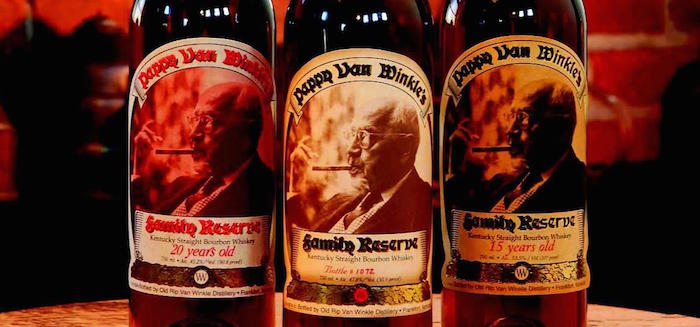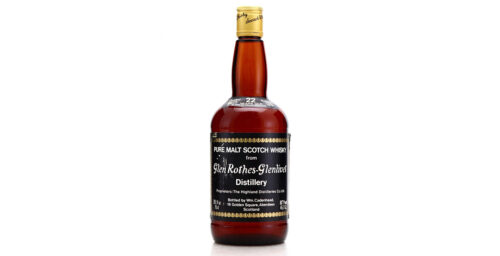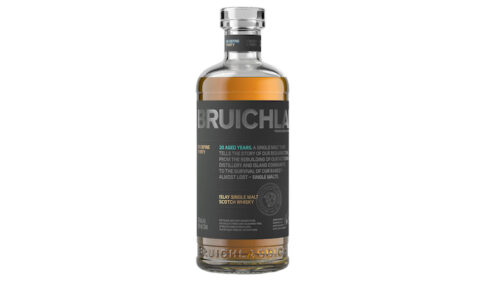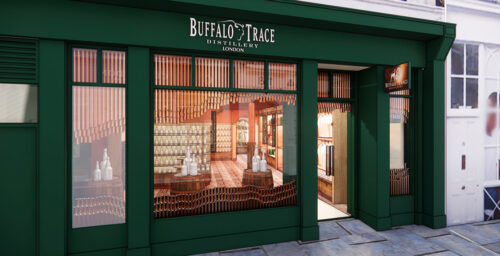Diehard devotees of Pappy Van Winkle 23 Year Old, cover your ears: when it comes to bourbon, older isn’t necessarily better.
Over the last decade or so, humble, down-home American bourbon has gained a lot of ground on Scotch, and prices are rising alongside our native spirit’s esteem. Connoisseurs are now taking bourbon just as seriously as great single malt. In some ways, that’s a good thing. Well-made bourbon is truly a great tipple, able to stand toe-to-toe with the most venerable of Europe’s spirits.
But increased demand has also driven up prices, a pain we all feel every time we belly up to the liquor store checkout counter. Plus, perhaps more insidiously, it’s introduced the idea that bourbon, like Scotch, only deserves to be taken seriously if its age reaches the teens or higher.

But bourbon isn’t Scotch, and when it comes to age, the bourbon sweet spot might be lower than you think. While visiting Jim Beam on a press trip earlier this year, master distiller Fred Noe told me his favorite age for bourbon was somewhere between six and 12 years, long enough for the whiskey to start developing aromatic vanillins, but not so long that oak becomes the predominate flavor. Likewise, Jimmy Russell from Wild Turkey is on record as saying he prefers bourbons between the ages of eight and 12 or 13 years.
The reason why has to do with two things: barrels, and weather. Bourbon, of course, must be aged in new charred oak casks, which give their contents a ton of flavor and color. Scotch, on the other hand, is usually aged in used casks, and casks, like teabags, lose their potency with each successive steeping. Leave a single malt in a used cask for 30 years, and it will still be less oaky, and lighter in color, than a ten-year-old bourbon.
That’s exacerbated by the differences in weather between Kentucky and Scotland. Bigger temperature swings in the American South push and pull whiskey into the wood, drawing out more flavor more quickly. Rickhouses are built with minimal insulation and open windows to take maximum advantage of this dynamic. The end result is faster aging, more wood character, and a darker color.
Scotland, however, has a much milder climate, reducing the interaction between whisky and barrel, and Scottish dunnage houses are built to further stabilize ambient temperature and humidity. This is the reason that Scotch whisky tends to be lighter in color and more grain- and distillate-forward in flavor than bourbon, even when it’s significantly older.
Sure, a cynic might think master distillers just say they like younger whiskey to get you to buy their younger bourbons. But with demand for even the baseline expressions already so high, why would they need the spin? Nope, I’m inclined to take Jimmy and Fred at face value—that for people who are really in the know, younger bourbon somewhere between six and 13 years old is truly the tipple of choice. Whew. Now you can stop saving up your pennies for that just-released Pappy Van Winkle 25-year-old. Isn’t that liberating?







